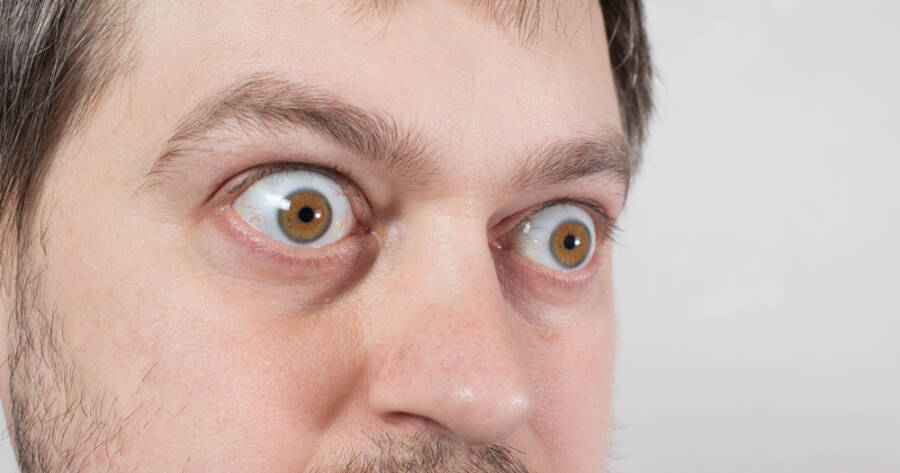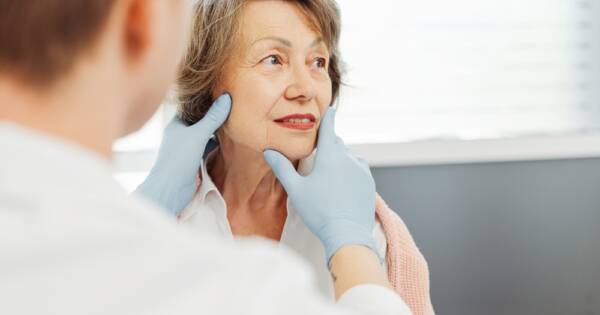Thyroid eye disease (TED), also known as Graves’ ophthalmopathy, is an autoimmune condition often linked to thyroid disorders, particularly Graves’ disease. It affects the muscles and tissues around the eyes, causing symptoms such as bulging eyes, double vision, and inflammation. Recent years have witnessed significant advancements in the diagnosis and treatment of TED, offering hope and improved quality of life for those affected.
Recognizing Thyroid Eye Disease Early
Thyroid eye disease often starts with mild symptoms that can progress without proper care. Common signs include redness, swelling, bulging eyes, and double vision. Early diagnosis is essential to prevent long-term damage.
Thyroid eye disease is linked to an overactive or underactive thyroid gland, particularly in individuals with Graves’ disease. If you notice symptoms, consulting an ophthalmologist or endocrinologist promptly is crucial. Early medical attention can help detect the condition during its initial stages, improving treatment options and outcomes.
Diagnostic Techniques for Thyroid Eye Disease
Modern diagnostic tools make identifying thyroid eye disease more accurate and efficient. Physicians often begin with a detailed medical history and physical examination to assess eye movement, swelling, and vision changes. Imaging tests, such as CT scans and MRIs, are frequently used to evaluate the extent of inflammation and tissue changes.
The role of blood tests is crucial in measuring thyroid hormone levels. These tests can determine if the thyroid gland is overactive or underactive, providing important clues for diagnosis. Advanced diagnostic techniques ensure healthcare providers can pinpoint the condition effectively and recommend tailored treatments.
Breakthrough Treatments for Thyroid Eye Disease
Treatment options for thyroid eye disease have advanced significantly in recent years. The choice of treatment often depends on the severity of symptoms and whether the disease is active or in remission. For mild cases, lubricating eye drops and cool compresses may provide relief.
For moderate to severe cases, medical therapies such as corticosteroids or immunosuppressive drugs can help reduce inflammation. Teprotumumab, a newer FDA-approved medication, has been a game-changer for many patients. This medication specifically targets the underlying causes of the disease, providing relief from symptoms like eye bulging and double vision.
In some instances, surgical interventions such as orbital decompression or eyelid surgery are necessary. These procedures help restore eye function and appearance by reducing pressure and correcting tissue changes. Discussing all available options with your healthcare provider ensures the best approach for your unique needs.
Lifestyle Changes and Supportive Care
Managing thyroid eye disease is not just about medical treatments. Lifestyle adjustments can play a crucial role in improving quality of life. Smoking cessation is one of the most important steps, as smoking can worsen symptoms and slow down healing.
The benefits of wearing protective eyewear to shield sensitive eyes from wind and sunlight are proven. Keeping the eyes hydrated and reducing screen time can also minimize discomfort. Joining support groups or connecting with others who have the condition can provide emotional support and valuable tips for daily management.
The Future of Thyroid Eye Disease Treatment
The field of thyroid eye disease treatment continues to evolve. Researchers are exploring new medications and less invasive procedures to improve outcomes further. Personalized treatment plans tailored to an individual’s specific symptoms and health profile are becoming more common.
Ongoing clinical trials are studying innovative approaches to target the disease’s root causes. These advancements offer hope for individuals living with thyroid eye disease, making it an exciting time for both patients and healthcare providers.
Learn More Today
Thyroid eye disease doesn’t have to limit your quality of life. Advances in diagnostics and treatments offer effective solutions for managing symptoms and preventing complications. Early diagnosis, coupled with modern therapies and lifestyle changes, can significantly improve outcomes.
If you suspect thyroid eye disease, consult a medical professional to discuss your symptoms and explore the best treatment options for your needs. Stay proactive about your eye health and embrace the benefits of modern medicine.





